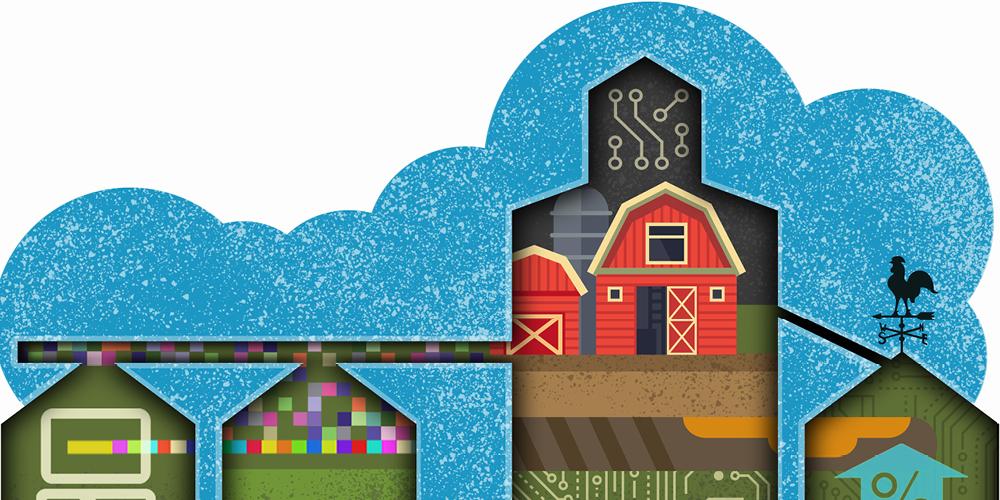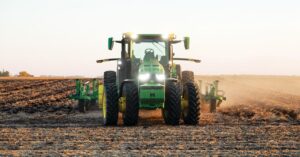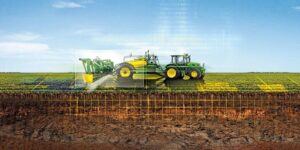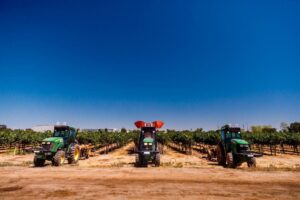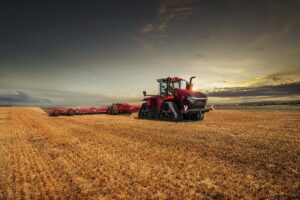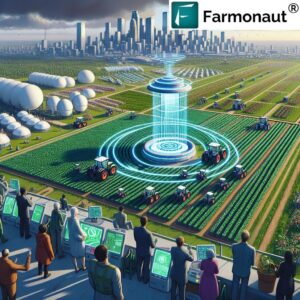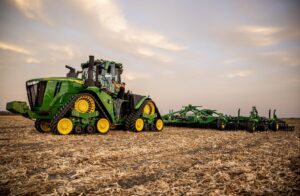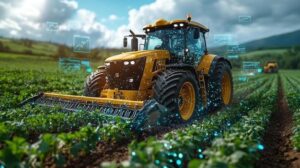The transformation of agricultural machinery from basic tools to elegant engineering marvels marks one of humanity’s most meaningful technological leaps. Over the past century, heavy engineering has revolutionized farming practices, turning manual labour-intensive processes into efficient, mechanized operations. This evolution continues today, as modern farms integrate advanced robotics, precision technology, and automated systems, bridging the gap between traditional agriculture and future food production methods. The convergence of heavy engineering with farming practices has not only increased productivity but also reshaped our approach to sustainable agriculture in an era of growing global food demand. Heavy engineering has fundamentally transformed agricultural practices,bridging the gap between traditional farming and modern technological innovation.The integration of sophisticated machinery and advanced engineering solutions has revolutionized how we cultivate, harvest, and process agricultural products.
Modern tractors now incorporate GPS guidance systems, automated steering, and precision planting capabilities. These developments enable farmers to optimize field coverage, reduce input waste, and maintain consistent row spacing. Variable rate technology allows for precise application of seeds, fertilizers, and pesticides, maximizing efficiency while minimizing environmental impact.
Harvesting equipment has evolved from simple mechanical reapers to complex combines with computer-controlled systems. These machines can simultaneously harvest, thresh, and clean crops while monitoring yield data in real-time. Advanced sensors detect crop conditions, moisture levels, and potential issues, enabling immediate adjustments to harvesting parameters.
Irrigation systems have undergone significant engineering improvements. Center pivot systems now utilize remote monitoring and control capabilities, allowing farmers to manage water distribution through smartphone applications. Subsurface drip irrigation systems deliver water directly to plant roots, dramatically reducing water consumption while improving crop yields.
The implementation of robotics in agriculture has introduced autonomous vehicles and drones for crop monitoring,spraying,and data collection. These systems use artificial intelligence to identify plant diseases, assess crop health, and make decisions about resource allocation. Robotic milking systems have revolutionized dairy farming, operating 24/7 while collecting valuable data about each animal’s health and productivity.
Climate-controlled greenhouses represent another engineering marvel,incorporating automated systems for temperature regulation,humidity control,and nutrient delivery. These structures enable year-round cultivation and protect crops from adverse weather conditions, pests, and diseases.
Post-harvest processing has been transformed through engineering innovations in sorting, grading, and packaging equipment. High-speed optical sorters use machine vision technology to assess product quality, while automated packaging systems ensure efficient and hygienic handling of agricultural products.
vertical farming systems showcase the integration of engineering and agriculture, utilizing hydroponics and aeroponics in controlled environments. These systems maximize space efficiency and enable food production in urban areas, reducing transportation costs and environmental impact.
the growth of smart storage solutions has improved crop preservation and reduced post-harvest losses. Modern grain storage facilities incorporate automated temperature and moisture monitoring systems, while cold storage units use advanced refrigeration technology to extend product shelf life.
Engineering advancements have also led to the creation of precision livestock farming systems. These include automated feeding systems,environmental controls,and health monitoring devices that optimize animal welfare and production efficiency.
as we move forward,the convergence of engineering and agriculture continues to drive innovation. From autonomous machinery to precision farming techniques, these technological advancements are essential for meeting the growing global demand for food while promoting sustainable agricultural practices.

